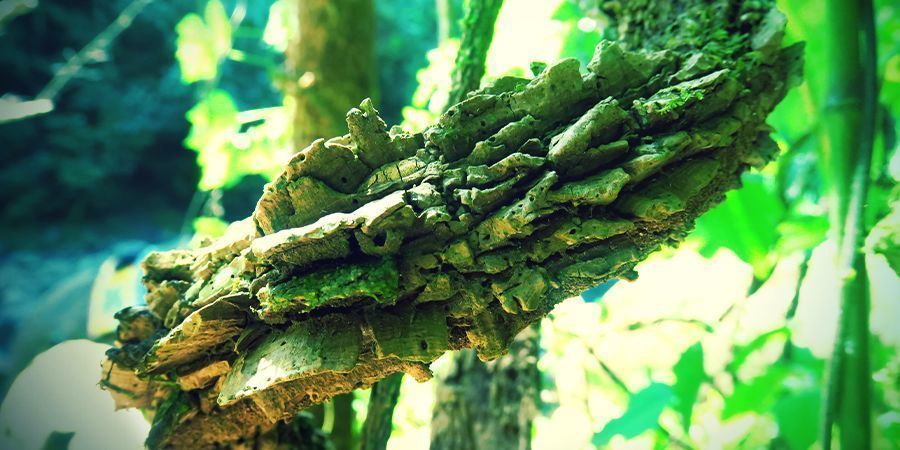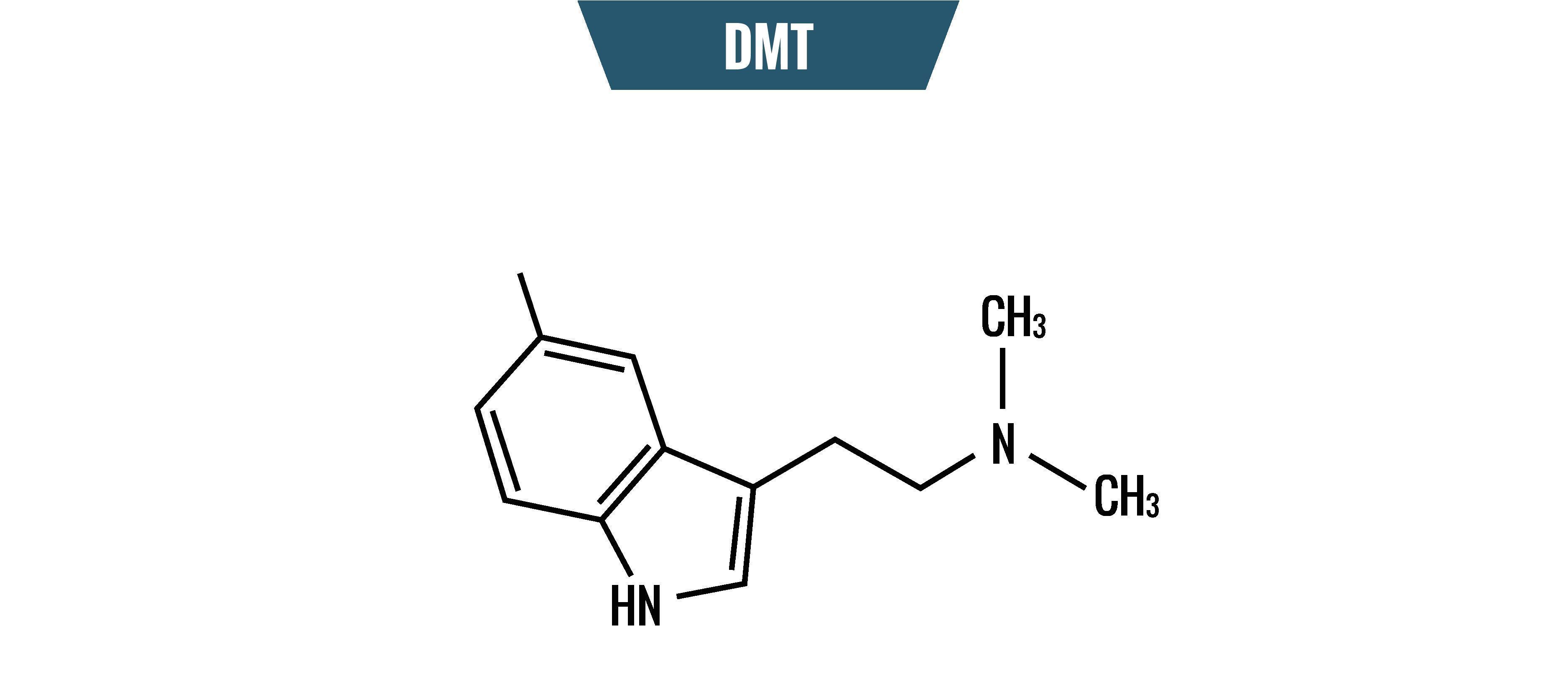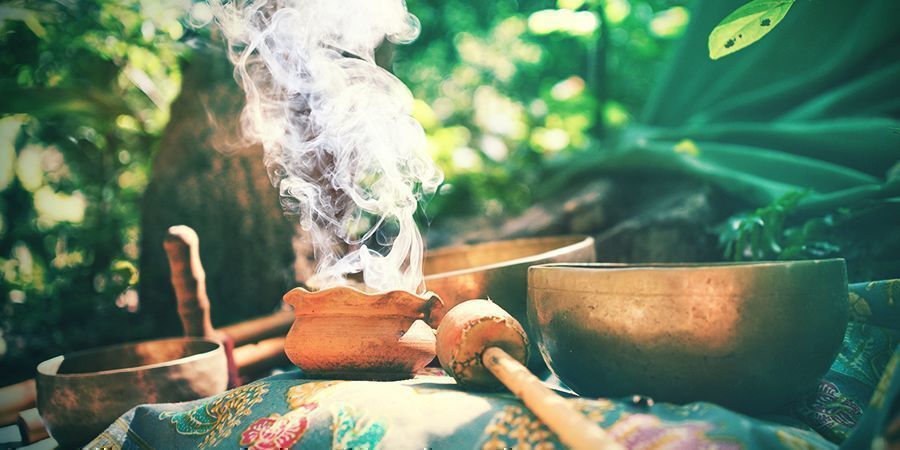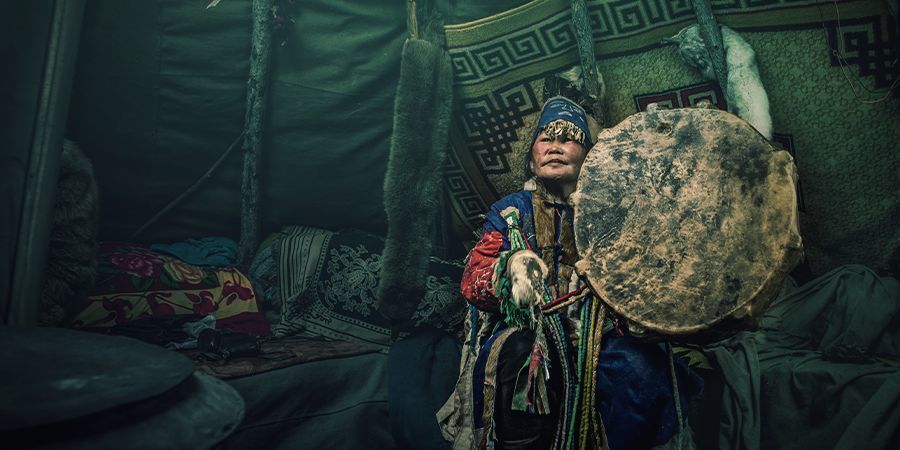
Ayahuasca Myths Debunked!
We're diving into the misconceptions of the South American brew, Ayahuasca. Read on to see what's really true about this mysterious drink, and what is simply myth.
With a psychedelic brew like ayahuasca, a lot of myths and misconceptions surround its discussion. Due to the complexity of one’s experience, explaining an ayahuasca trip to someone who hasn’t been through it is very hard. Information gets misunderstood and myths are created. Let’s go through what these misconceptions are, and one by one, determine if a debunking is in place!
AYAHUASCA IS AN ALL-AROUND REMEDY FOR PHYSICAL HEALTH
A 2017 paper reported that people who had consumed ayahuasca in the past year showed higher rates of well-being than the other two groups who had either consumed LSD or no psychedelic substance at all.
Ayahuasca may not be an all-around panacea for health, but it sure seems to have benefits on the psyche. Science just hasn’t caught up with all of them for now. The ideal dosage and method of preparation still need to be established, but this is a great step in the right direction.
AYAHUASCA’S FUTURE IS THREATENED

The short answer is no, ayahuasca’s extinction is not a foreseeable event. But let’s understand why this rumour got created. With its increasing popularity, the collection of the main natural resource in the brew has moved from a wild harvesting to a controlled farming system. Wild harvesting this vine is time-consuming and not very efficient. Furthermore, its natural occurrence in the wild is not robust enough to support a massively growing industry. This is mainly where the fears surrounding scarcity and increased prices arose.
Understanding the high demand for this resource, however, plantations have been established to cut down on cost, effort, and according to those in charge, increase sustainability. Apparently, due to the competitive nature of plants growing wild in the rainforest, planting the vine in this habitat would be inefficient as it would likely not gain enough light to thrive. This is where the argument for plantations as sustainable alternatives comes into play. While this debate is ongoing, at present, it is safe to assume that ayahuasca will continue to be around for the foreseeable future.
DMT IS SECRETED AT BIRTH AND DEATH
Popularised by Rick Strassman’s book The Spirit Molecule, his theory suggests that a gland secretes DMT at birth and death. Strassman has done extensive research on DMT, including a 5-year study on more than 60 people. But despite all his knowledge, this theory that we secrete DMT at birth and death is still exactly that: a theory.

In 2013, research by The Cottonwood Research Foundation found DMT in the pineal gland of rodents. This gland is associated with sleep patterns and dreams, which correlates with Strassman’s birth/death hypothesis. But this too has yet to be confirmed.
AYAHUASCA CAN BE DEADLY
Although inducing a very intense experience, there are no reported deaths directly linked to the consumption of ayahuasca. However, the rising popularity of it has led to the rise of scams and imitations of the ayahuasca brew. People have indeed died from these mixtures, but only due to the consumption of other harmful chemical or poisonous substances. Untrained people are trying to make the beverage and doing a poor job.
Make sure you trust your supplier 100% on where they got the ingredients from, and how they’re making it. You might also want to watch your diet if you plan on consuming ayahuasca. It should certainly help make the experience run more smoothly and safely. The Ayahuasca MAOI Diet will be good to look into. We have a great article on this that will help you understand what foods to eat and drugs to avoid.
AYAHUASCA USE IS AN ANCIENT PRACTICE

Records only describe human contact with ayahuasca after 1860. It’s first mentioned in the chronicles of the Jesuits in the jungles of Peru and Brazil. Any use prior to that is highly likely, but still mere speculation. With the popularity of medicinal herbs across cultures, it’s safe to assume ayahuasca use predates Western accounts.
AYAHUASCA IS ADDICTIVE
If you’ve ever gone through an ayahuasca trip, you’ll realise that there are very few addictive aspects to the experience. Both positive and negative feelings are enhanced, and there’s a spiritual cleanse that’s paired with heavy vomiting. José Carlos Bouso, a pioneer in neuro-imaging studies with ayahuasca, says the substance is not addictive. He states, “We carried out a study in Brazil and found no evidence of dependence or abstinence syndrome among regular consumers”.
Not only is ayahuasca not addictive, but it might even help treat addiction of other substances. By turning the world as you know it upside down, ayahuasca provides a never-before-seen point of view on your innermost thoughts and emotions. With the help of a professional after the ayahuasca experience, people can go really far in treating their condition.
A GOOD SHAMAN “LOOKS THE PART”

This is obviously a myth. Don’t judge a book by its cover, whether negatively or positively. Don’t trust a person who calls themself a shaman just by their ethnicity or what they’re wearing. Be sure to research properly on the best person to do this. If you can, try to get good references from people you trust. Look at forums online and get real opinions, not just information from websites. People who have gone through the experience will provide the most valuable insights.
-
 3 min
22 October 2018
How To Grow Banisteriopsis Caapi From Seed
Banisteriopsis caapi can be grown outdoors in appropriate climates, or within greenhouses and grow tents. Although it takes a while to grow, eventually, growers will have their very own supply of...
3 min
22 October 2018
How To Grow Banisteriopsis Caapi From Seed
Banisteriopsis caapi can be grown outdoors in appropriate climates, or within greenhouses and grow tents. Although it takes a while to grow, eventually, growers will have their very own supply of...
-
 1 min
26 July 2018
Meet Hawaiian Baby Woodrose: A Natural Psychedelic
LSA is an increasingly popular hallucinogen, and Hawaiian Baby Woodrose seeds are one of the best legal ways to get it. So what exactly are they?
1 min
26 July 2018
Meet Hawaiian Baby Woodrose: A Natural Psychedelic
LSA is an increasingly popular hallucinogen, and Hawaiian Baby Woodrose seeds are one of the best legal ways to get it. So what exactly are they?
-
 4 min
11 April 2018
Top 7 Psychedelic Teas You Can Make At Home
In today's world, psychonauts are deciding to be a bit more classy. It's time to organize a 'High' tea with mates, with one of these 7 psychedelic teas.
4 min
11 April 2018
Top 7 Psychedelic Teas You Can Make At Home
In today's world, psychonauts are deciding to be a bit more classy. It's time to organize a 'High' tea with mates, with one of these 7 psychedelic teas.
-
 4 min
18 October 2017
Can DMT Cause An Outer Body Experience?
Out of body experiences, abbreviated to OOBE, is a phenomenon achievable by anyone with some practice. Many prefer to call it “astral projection.” To some people, it happens naturally. For most,...
4 min
18 October 2017
Can DMT Cause An Outer Body Experience?
Out of body experiences, abbreviated to OOBE, is a phenomenon achievable by anyone with some practice. Many prefer to call it “astral projection.” To some people, it happens naturally. For most,...













 United States
United States










